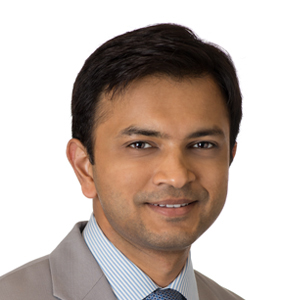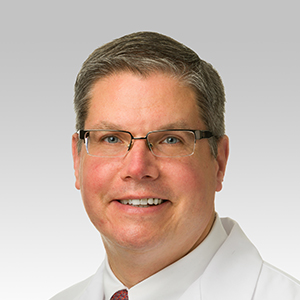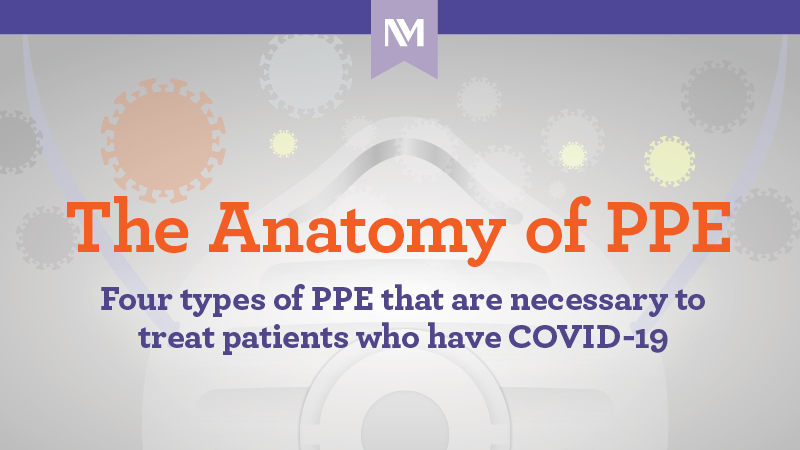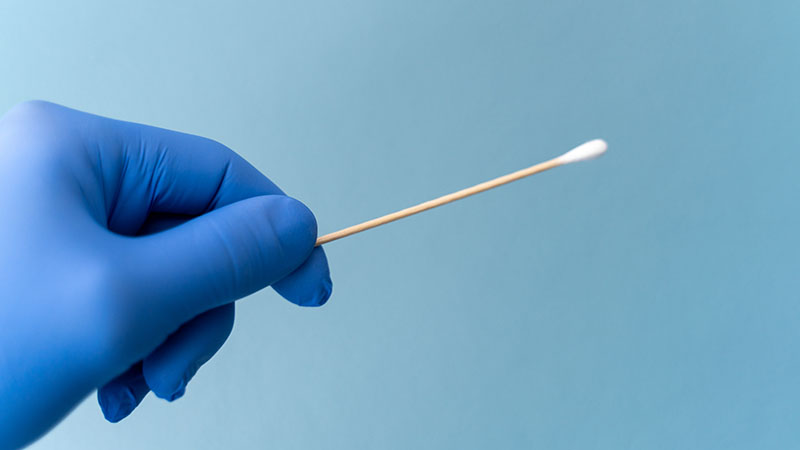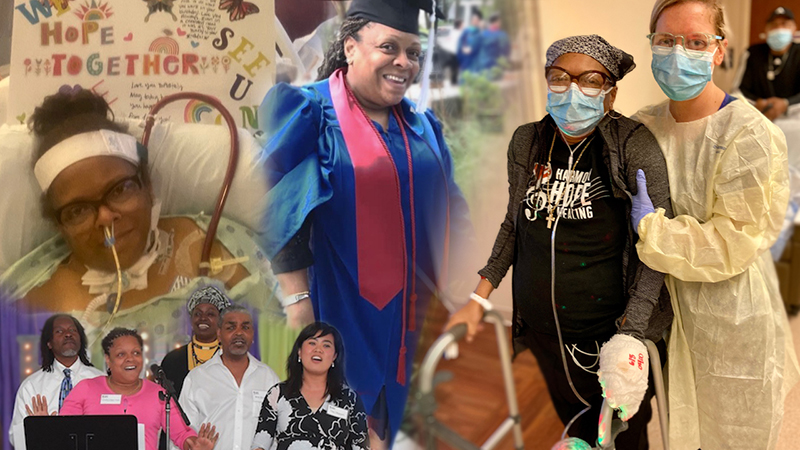ECMO Innovation Is Key for COVID-19 Care
Published December 2021
Novel Approaches to Treatment
In late March 2020, shortly after the COVID-19 (coronavirus) pandemic began its assault on the U.S., Northwestern Medicine physicians were already driving for better treatment options — literally and figuratively.
Having seen promise in the use of extracorporeal membrane oxygenation (ECMO) to support patients with low oxygen levels resulting from the virus, Ankit Bharat, MD, chief, Division of Thoracic Surgery at Northwestern Memorial Hospital, and Thoracic Surgeon Rafael Garza Castillon Jr., MD, hopped into an ambulance with a full crew to drive an ECMO machine to a patient in need at Northwestern Medicine McHenry Hospital.
Without ECMO, she wouldn’t have survived (COVID-19).— Ankit Bharat, MD
“Without ECMO, she wouldn’t have survived,” says Dr. Bharat. (Read the full story.)
An ECMO machine pumps the patient’s blood through an external artificial lung, which removes carbon dioxide and adds oxygen before circulating the blood back through the body. Patients receiving ECMO may have fewer complications than those using a mechanical ventilator. At Northwestern Memorial Hospital, ECMO may be an option for some patients whose conditions continue to deteriorate after being placed on mechanical ventilation support.
“We are interested in whether ECMO might be used earlier in the course of the disease as a way to substitute for mechanical ventilation and maybe prevent some of the complications of mechanical ventilation that we see in some of the patients,” says G.R. Scott Budinger, MD, chief, Division of Pulmonary and Critical Care Medicine at Northwestern Memorial Hospital.
Northwestern Medicine physicians are also using prone positioning therapy and verticalization therapy, which have shown promise for patients using ventilators or ECMO devices. These changes in positioning may help oxygen more easily reach the lungs. With prone positioning therapy, patients are placed on their stomachs in bed. With verticalization, patients are strapped to their bed and moved into a standing position. For some patients, verticalization “is much safer than proning and is less resource-intensive,” says Dr. Bharat.
Bringing these types of innovative therapies to the bedside requires a high level of collaboration.
“Our administrative leadership is working tirelessly to mobilize resources to improve our ability to treat these patients,” says Dr. Bharat. “I am confident we will get through this. However, this will require the continued collective efforts of the community and health system.”




